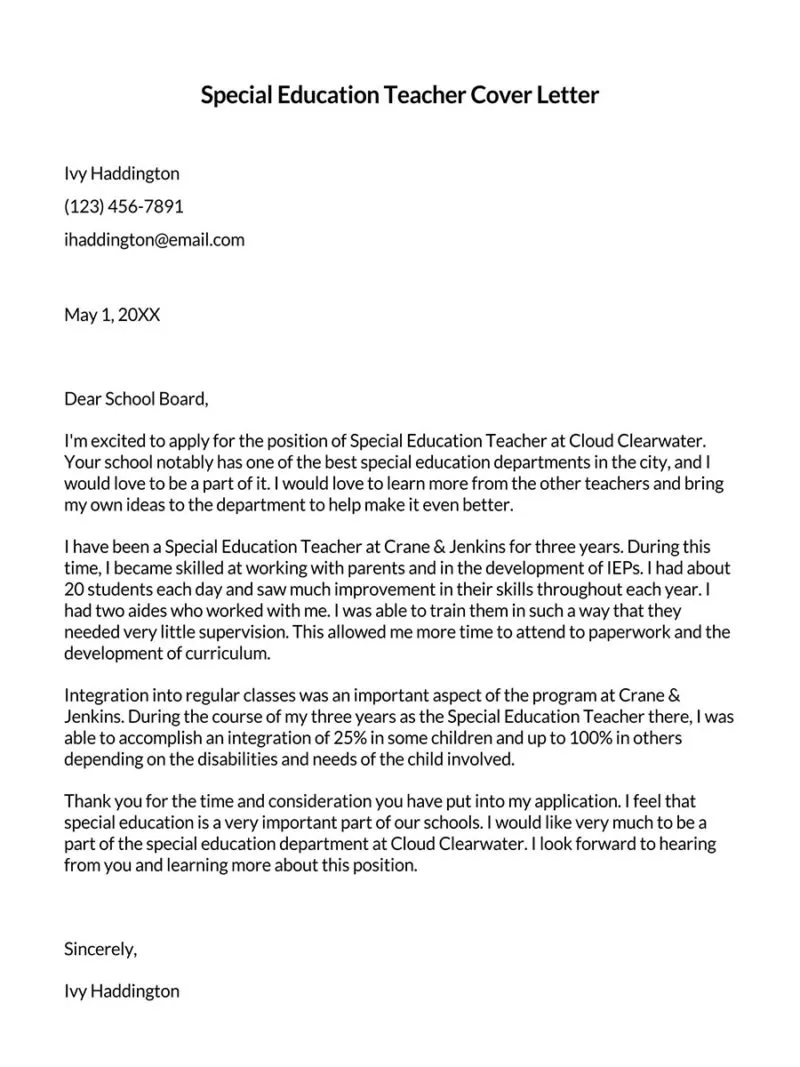What is a Teaching Cover Letter
A teaching cover letter is a crucial document that accompanies your resume when applying for teaching positions. It serves as your first introduction to the hiring committee, allowing you to showcase your personality, passion for education, and qualifications in a way that a resume alone cannot. A well-crafted cover letter is an opportunity to make a strong first impression, demonstrating why you are the ideal candidate for the role. It’s your chance to tell a story, highlighting your unique skills and experiences while expressing your enthusiasm for the specific school or district.
Why You Need a Stellar Teaching Cover Letter
In a competitive job market, a stellar teaching cover letter is not just a formality; it’s a necessity. It sets you apart from other applicants by providing a platform to connect with the hiring manager on a more personal level. A strong cover letter can compensate for a less-than-perfect resume, emphasizing your strengths and addressing any potential weaknesses. It demonstrates your communication skills, attention to detail, and genuine interest in the position. Without a compelling cover letter, your resume might get overlooked, and you could miss out on your dream teaching job. Furthermore, a well-written cover letter shows that you’ve taken the time to research the school and tailor your application, making you appear more invested and prepared.
Highlight Your Skills and Experience
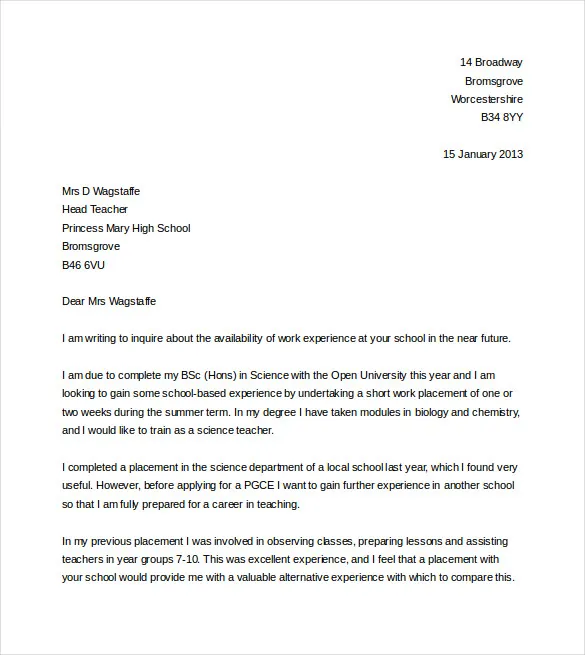
Your cover letter is the perfect place to highlight your most relevant skills and experiences. Focus on the qualifications mentioned in the job description, and provide specific examples of how you’ve demonstrated those skills in the past. Quantify your achievements whenever possible. For instance, instead of saying ‘Improved student test scores,’ you could say ‘Increased student test scores by 15% in one academic year through the implementation of differentiated instruction strategies.’ This provides concrete evidence of your abilities and makes your claims more credible. Also, showcase your knowledge of educational methodologies, classroom management techniques, and any specializations or certifications you possess.
Tailor to the School’s Needs
Generic cover letters are a surefire way to end up in the rejection pile. The most effective cover letters are tailored to each specific school and position. Before you start writing, research the school’s mission, values, and any recent initiatives. Then, align your skills and experiences with their specific needs. If the school emphasizes project-based learning, highlight your experience with that methodology. If they value community involvement, mention your volunteer work or extracurricular activities. Showing that you understand the school’s unique culture and that you’re a good fit for their environment will significantly increase your chances of getting an interview.
How to Structure a Teaching Cover Letter
Header and Contact Information
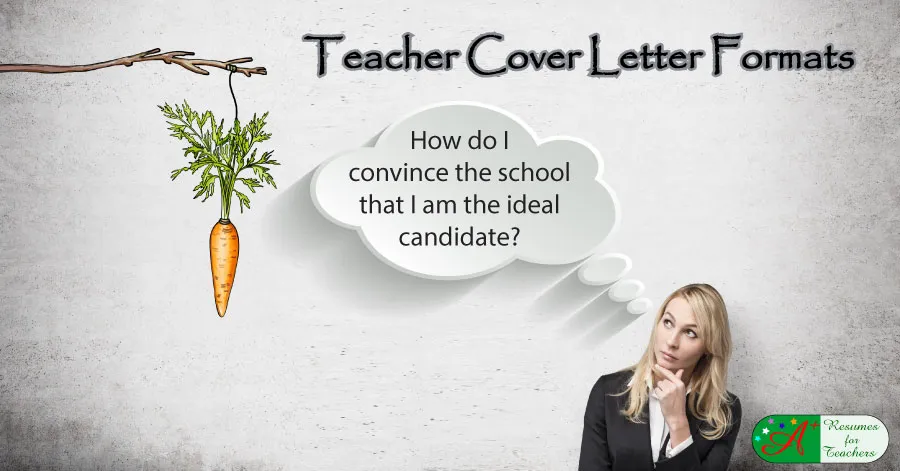
Start with a professional header that includes your contact information (name, phone number, email address, and LinkedIn profile URL if applicable). Below this, include the date, the recipient’s name (if known), their title, and the school’s address. Addressing the cover letter to a specific person, such as the principal or hiring manager, makes it more personal. If you can’t find a name, use a general greeting like ‘Dear Hiring Committee’ or ‘Dear [School Name] Principal’.
Opening Paragraph
The opening paragraph should immediately grab the reader’s attention. Start with a strong statement that expresses your enthusiasm for the position and the school. Mention where you found the job posting and the specific teaching role you’re applying for. Briefly summarize your qualifications and why you are interested in the role. Keep it concise and focused, setting the tone for the rest of the letter.
Body Paragraphs
The body paragraphs are the heart of your cover letter. Here, you’ll provide details about your skills, experience, and achievements. Use specific examples to demonstrate your qualifications and explain how you meet the requirements of the job description. Focus on aligning your experiences with the school’s needs and values. You can organize these paragraphs by highlighting your teaching philosophy, classroom management skills, and any relevant experience or accomplishments.
Closing Paragraph
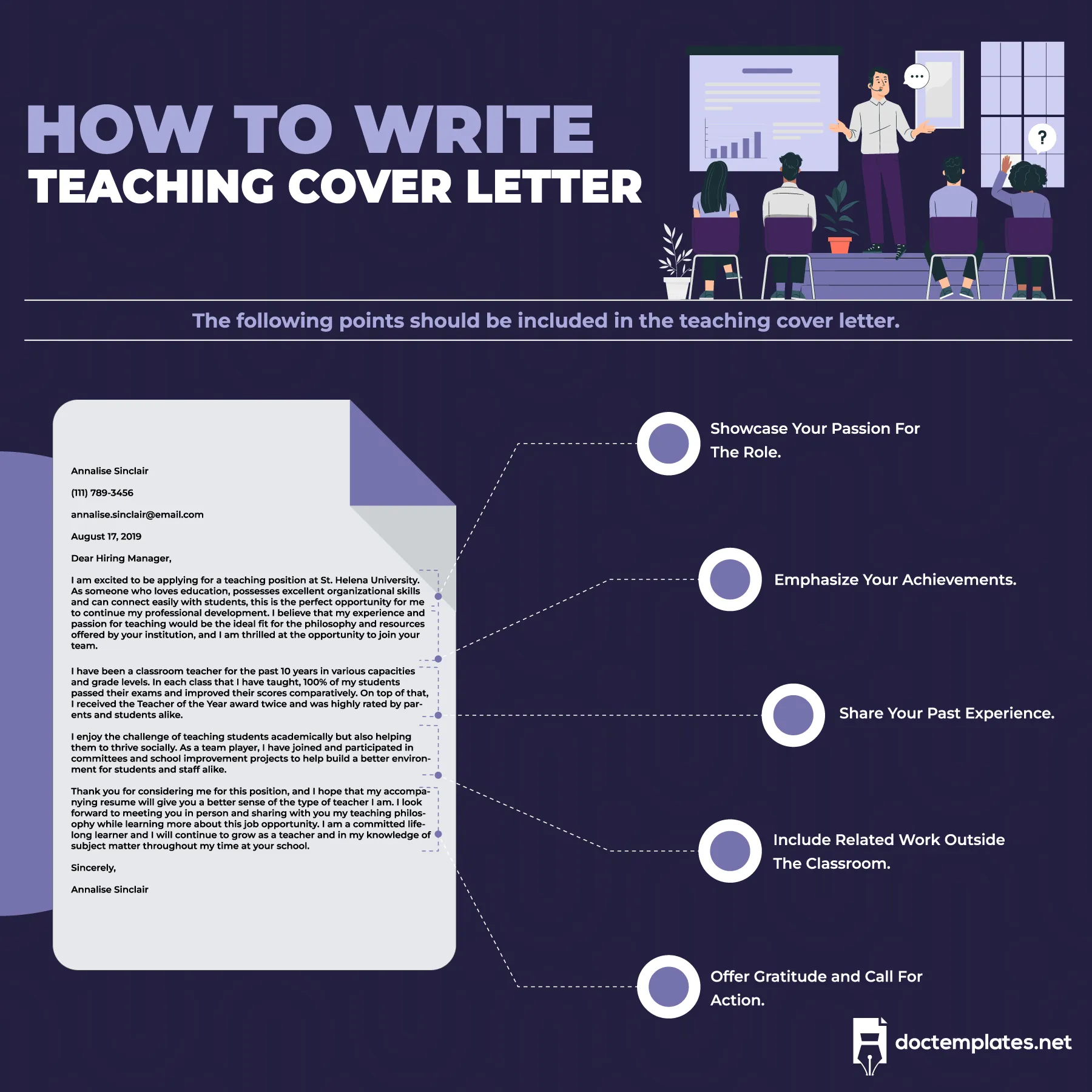
In your closing paragraph, reiterate your interest in the position and the school. Express your gratitude for the reader’s time and consideration. Include a call to action by stating that you are available for an interview and provide your contact information again. End with a professional closing such as ‘Sincerely’ or ‘Respectfully,’ followed by your full name.
Key Elements to Include in Your Cover Letter
Your Teaching Philosophy
A well-articulated teaching philosophy is a must-have for any teaching cover letter. Briefly describe your beliefs about education, your approach to teaching, and your goals for students. This could include your views on student-centered learning, differentiated instruction, or creating a positive classroom environment. Showcase your commitment to fostering a love of learning and helping students reach their full potential. Make sure your philosophy aligns with the school’s values.
Classroom Management Skills
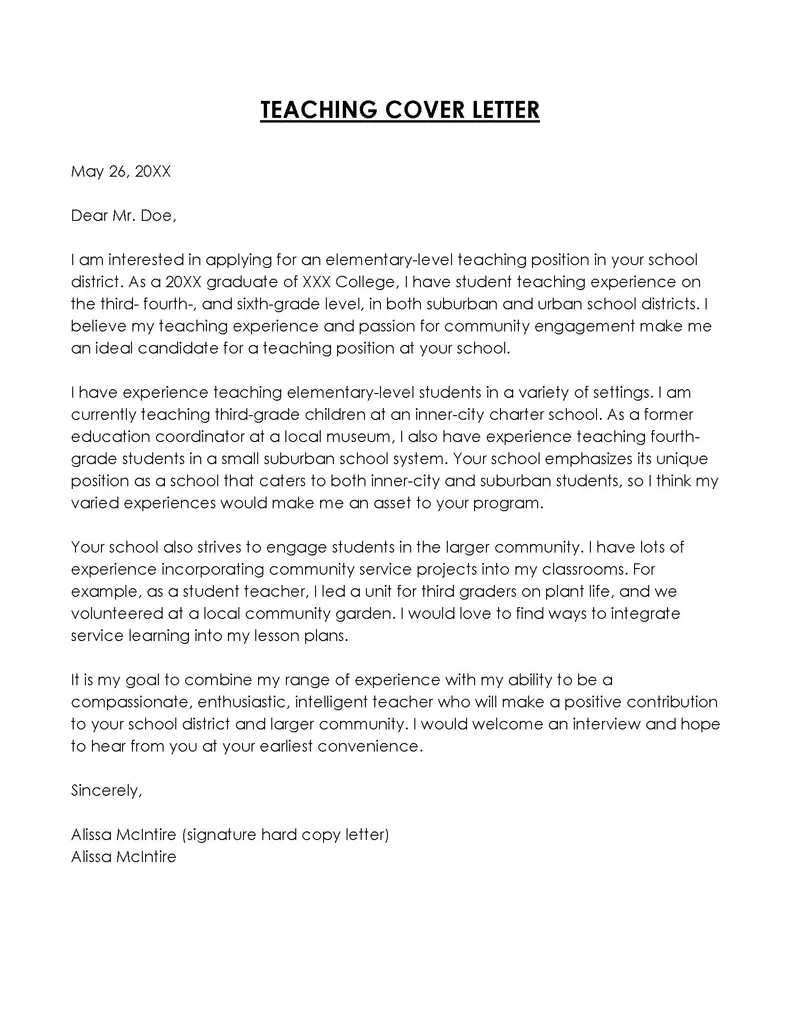
Highlight your classroom management skills. Explain how you create and maintain a positive and productive learning environment. Describe your strategies for establishing clear expectations, managing student behavior, and building rapport with students. Include examples of how you handle difficult situations and foster a sense of community in the classroom. Mention any specific classroom management models or techniques you use.
Relevant Experience and Achievements
Focus on your most relevant experience and achievements. Use the job description as a guide, and tailor your examples to match the requirements. If you have experience with a particular curriculum or teaching method, be sure to mention it. Quantify your achievements whenever possible to demonstrate your impact. Include any awards, certifications, or professional development activities that demonstrate your commitment to your profession.
Proofreading and Editing
Proofreading and editing are critical steps in the cover letter writing process. Typos, grammatical errors, and unclear sentences can damage your credibility. Before submitting your cover letter, carefully proofread it multiple times. Use a grammar and spell-checker, but don’t rely on it entirely. Ask a friend, mentor, or career counselor to review your letter for clarity, accuracy, and style. Ensure that the formatting is consistent and that the letter is free of any errors.
Tools and Resources for Writing a Teaching Cover Letter
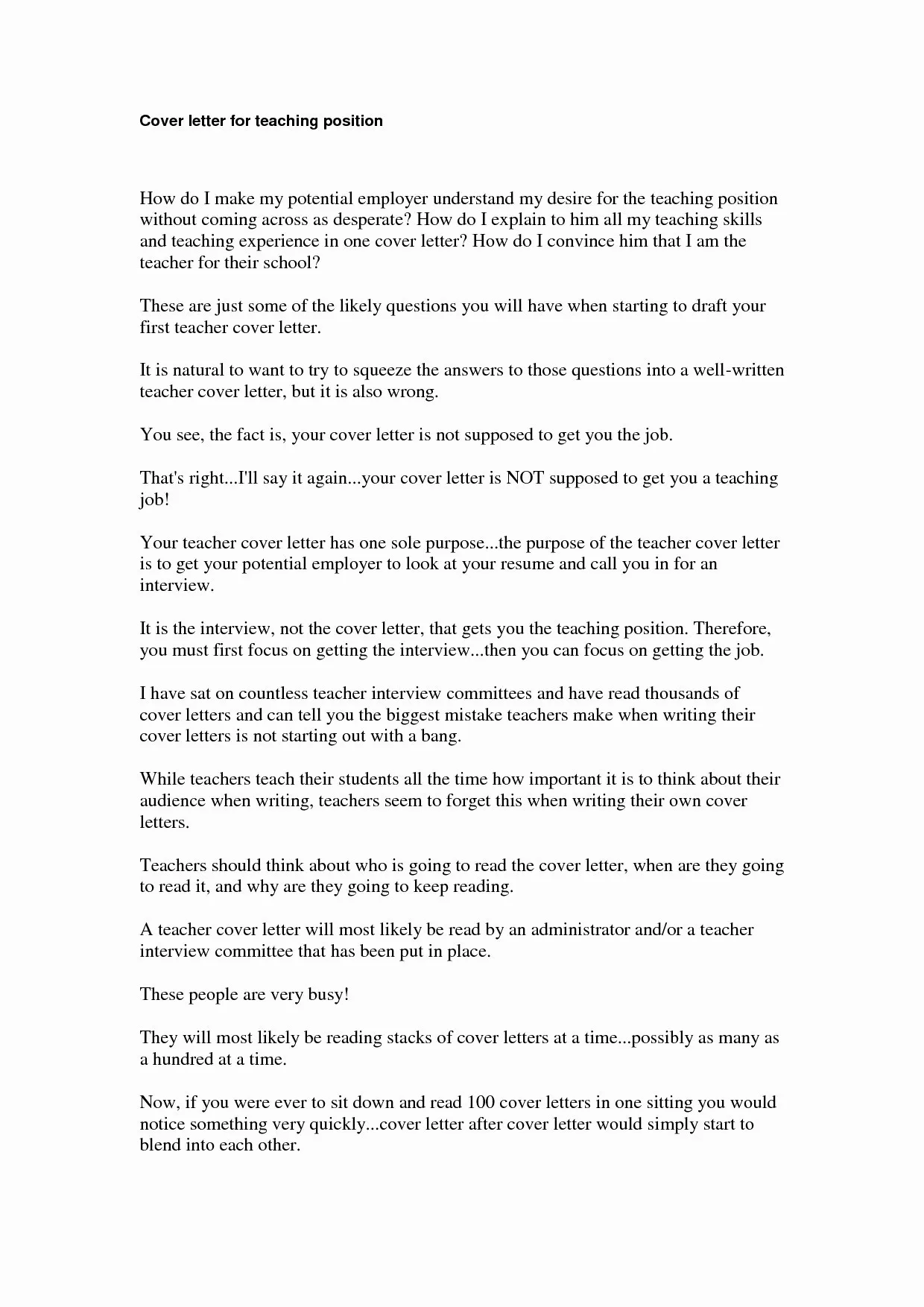
There are numerous tools and resources available to help you write a compelling cover letter. Use online cover letter templates as a starting point. Websites like Canva, Resume.io, and Zety offer customizable templates. Consult career counselors or job search experts for advice and feedback. Review examples of successful teaching cover letters to get inspiration. Consider using AI writing tools, but always make sure to personalize the content and avoid sounding generic.
Cover Letter Examples
Reviewing examples of successful teaching cover letters can provide valuable insights into structure, content, and style. Search online for teaching cover letter examples that match the specific type of position you’re applying for (e.g., elementary, middle school, high school). Pay attention to how the writers highlight their skills, tailor the letter to the school, and express their enthusiasm. Use these examples as a guide to creating your own unique and compelling cover letter.
Tips to Make Your Teaching Cover Letter Stand Out
To make your teaching cover letter stand out, go beyond the basics. Showcase your personality and passion for teaching. Use strong action verbs and avoid clichés. Highlight any unique skills or experiences you have, such as experience with diverse student populations or specialized teaching methods. Tailor your cover letter to each specific job application, and always proofread it carefully. Consider adding a brief, personal anecdote that demonstrates your commitment to education.
